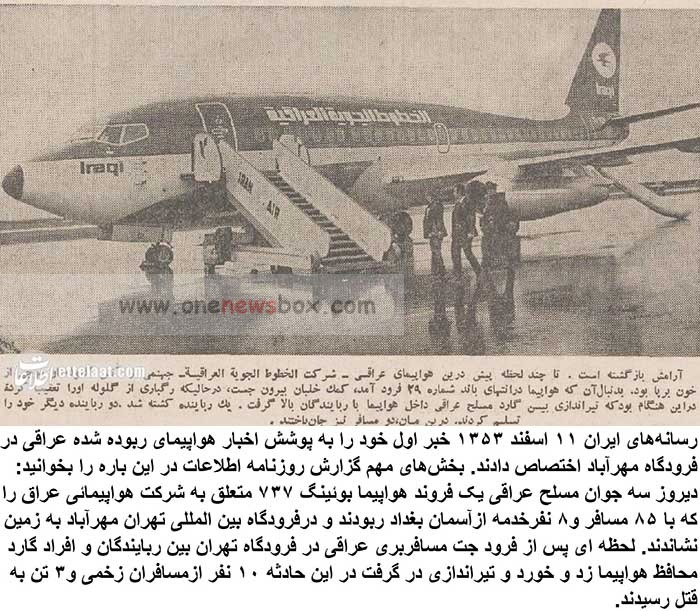The 1974 Iraqi Plane Hijacking: A Forgotten Chapter of Middle Eastern Aviation History
Fifty years ago, the world witnessed a dramatic and violent conclusion to the hijacking of an Iraqi aircraft at Tehran’s Mehrabad International Airport. On March 1, 1974, three armed Iraqi youths seized control of a Boeing 737 belonging to the Iraqi Airlines Company, carrying 85 passengers and eight crew members. Their bold plan to use the plane as leverage to free political prisoners and obtain a substantial ransom ended in bloodshed and rapid intervention. While the event made headlines at the time, it has since faded into relative obscurity. However, revisiting this incident provides valuable insights into the political tensions of the era, the role of Iran in regional conflicts, and the broader implications of airplane hijackings during the 1970s.
The Political Context of the Hijacking
The early 1970s was a period of political turmoil in Iraq. The Ba’athist government, under the leadership of Ahmed Hassan al-Bakr and his deputy Saddam Hussein, had launched a campaign of repression against political dissidents, particularly targeting the Kurdish opposition and leftist groups. In this atmosphere of authoritarian rule, opposition figures sought drastic measures to fight against the government. Airplane hijackings, which had become a global phenomenon in the 1960s and 1970s, were viewed as an effective means of drawing international attention to their causes.
